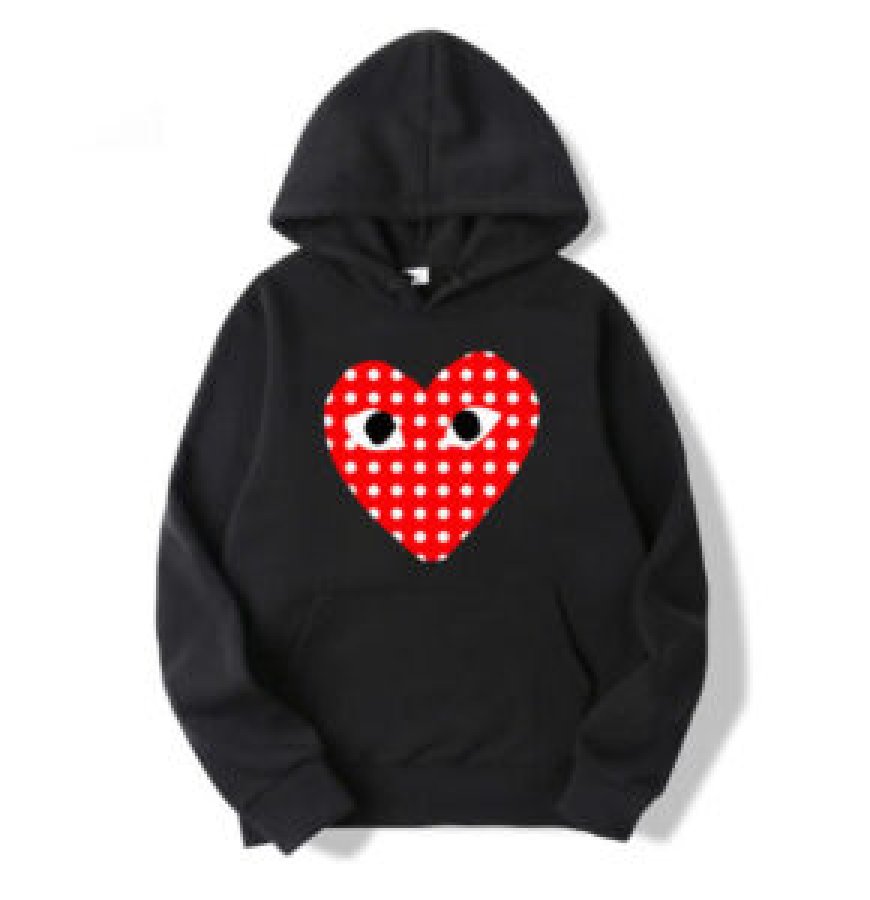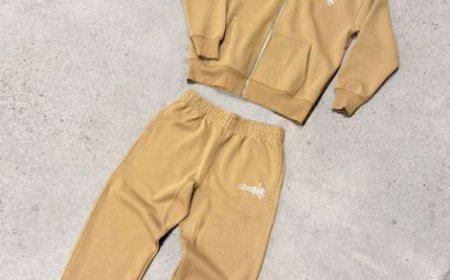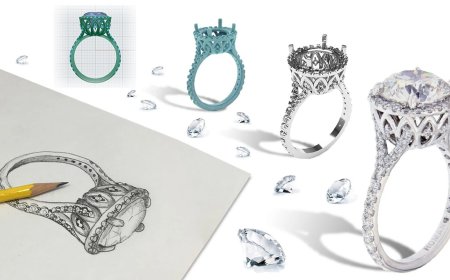The Void Wears Clothes: Fashion as Existential Inquiry at Comme des Garçons

In the vast realm of fashion, where trends flicker and pass like shooting stars, there are few designers who transcend aesthetics to delve into something deeperinto the existential fabric of human experience itself. Rei Kawakubo,the enigmatic founder of Comme des Garons, stands singular in this domain. Comme Des Garcons Her work is not just about clothes; it is about confronting the void, the inescapable presence of absence, and clothing it in fabric, shape, distortion, and silence. At Comme des Garons, fashion becomes not merely a visual medium but a philosophical and emotional languagea form of existential inquiry.
To speak of Kawakubo's work is to step into a space that often resists language. Her collections do not comfort; they disrupt. They are not designed to flatter the body, but to question its very necessity in fashions spectacle. Garments emerge misshapen, overblown, or collapsing inward, like a collapsing thought or an emotional implosion. In a fashion industry often dominated by perfection and polished presentation, Comme des Garons offers a radical counterpointa kind of anti-fashion that is more about the question than the answer.
A New Aesthetic Born of Emptiness
When Kawakubo first broke into the Paris fashion scene in the early 1980s, her designs were immediately labeled Hiroshima chic. Critics and audiences alike struggled to place what they were seeing. The clothing was monochrome, often black, asymmetrical, unfinished, and seemingly decayed. There was an intentional ugliness, a rawness that evoked ruin and post-trauma. But beneath the surface of fabric and stitching was a philosophical inquiry: What does it mean to be beautiful? Can absence and decay hold meaning? Is imperfection more authentic than polish?
This confrontation with the voidboth aesthetically and emotionallybecame a hallmark of Comme des Garons. Her work is often described using terms like "deconstruction," but even that seems inadequate. Kawakubo is not just pulling apart established forms; she is searching through the rubble for what remains when meaning has been stripped away. Her clothes often evoke silence, vacancy, and lossyet they are never nihilistic. They are, paradoxically, hopeful in their willingness to face the void honestly.
Fashion as a Mirror of Being
What makes Kawakubos inquiry so profound is her insistence that fashion canand shouldreflect the complexities of existence. Most fashion designers begin with a silhouette or a fabric. Kawakubo begins with an idea, often metaphysical in nature. Themes such as the future of the silhouette, not making clothes, or the absence of a theme are not marketing gimmicks but philosophical provocations. In the 2017 exhibition Art of the In-Between at The Met, her garments were presented not merely as objects but as conceptual challenges, asking viewers to examine not just what they see, but how they see.
In Kawakubos world, fashion becomes a metaphor for the selffragmented, layered, contradictory. The body disappears under mounds of fabric, and yet it becomes more present than ever in its erasure. By disrupting the visual coherence of the human form, Kawakubo forces us to consider what we truly are beyond appearances. What remains when identity is no longer pinned to symmetry, sex appeal, or societal norms? This is fashion not as adornment, but as revelation.
Clothing the Void: Garment as Armor and Emptiness
Perhaps the most haunting aspect of Comme des Garons is its ability to turn absence into presence. The garments are often ghostlikewhite, formless, floatingas if inhabited by memories or dreams rather than bodies. At other times, they are armors, bulging and defensive, signaling pain and protection. There is a kind of violence in the way fabric is usedsliced, scorched, over-layeredyet its never gratuitous. The violence is emotional, internal: it mirrors the existential tension between wanting to be seen and fearing exposure.
The 2014 collection Blood and Roses, for instance, featured models enveloped in floral mounds that both suffocated and exalted them. The beauty of the flowers contrasted with the implied brutality of the title, suggesting that beauty and suffering are not opposites, but deeply entwined. Kawakubos fashion asks: can we ever fully escape the pain of existence? Or must we wear it, embody it, integrate it into who we are?
Beyond Gender, Beyond Self
Another element of existential inquiry in Comme des Garons is the dissolution of identity itself. Gender becomes fluid, irrelevant even. Many of her collections blur the lines between male and female, between the tailored and the amorphous, between strength and fragility. This is not done to court controversy or perform political correctnessit is done because, at the core of being, such distinctions lose meaning. What remains is the self as a question, not an answer.
Comme des Garons has long refused to follow the dictates of conventional beauty or marketability. Kawakubos refusal to explain herselfrarely giving interviews, often providing only cryptic show notesis part of this deeper resistance to fixed meaning. In a world that demands clarity and instant comprehension, her silence is radical. It invites contemplation rather than consumption.
The Human Condition, Thread by Thread
Comme des Garons offers a rare form of intellectual and emotional engagement in fashion. Each collection can be read like a novel or viewed like a philosophical treatise. The garments are not passive objects to be worn; they are ideas to be inhabited. They are about fear and courage, isolation and intimacy, death and rebirth. They ask the wearerand the viewerto look inward, to recognize the strangeness of their own form, their own narrative, their own being.
In the fashion worlds endless cycle of reinvention, Kawakubo stands apart not because she reinvents fashion, but because she reinvents the very act of dressing. Her garments do not just adorn the body; they speak with it, sometimes against it, always alongside it. They are a reminder that beneath every layer of clothing, there lies a mystery that can never fully be resolved: the self.
Conclusion: Beauty in the Abyss
The Void Wears Clothes is not just a poetic phraseit is the essence of Comme des Garons. Through garments that confound, provoke, and disturb, Comme Des Garcons Long Sleeve Rei Kawakubo invites us into an encounter with the unknown. She dresses the void not to hide it, but to honor it. In her work, beauty is not a surface phenomenon but a deep confrontation with impermanence, fragility, and the radical vulnerability of being alive.
In the end, Comme des Garons is less a fashion label than a mode of philosophical inquiry. It is a way of thinking with the body, of touching the intangible, of standing in front of the abyss and saying: even here, even now, we dress. We continue.










































